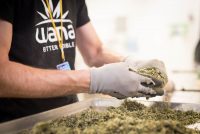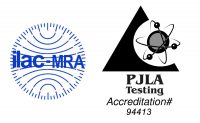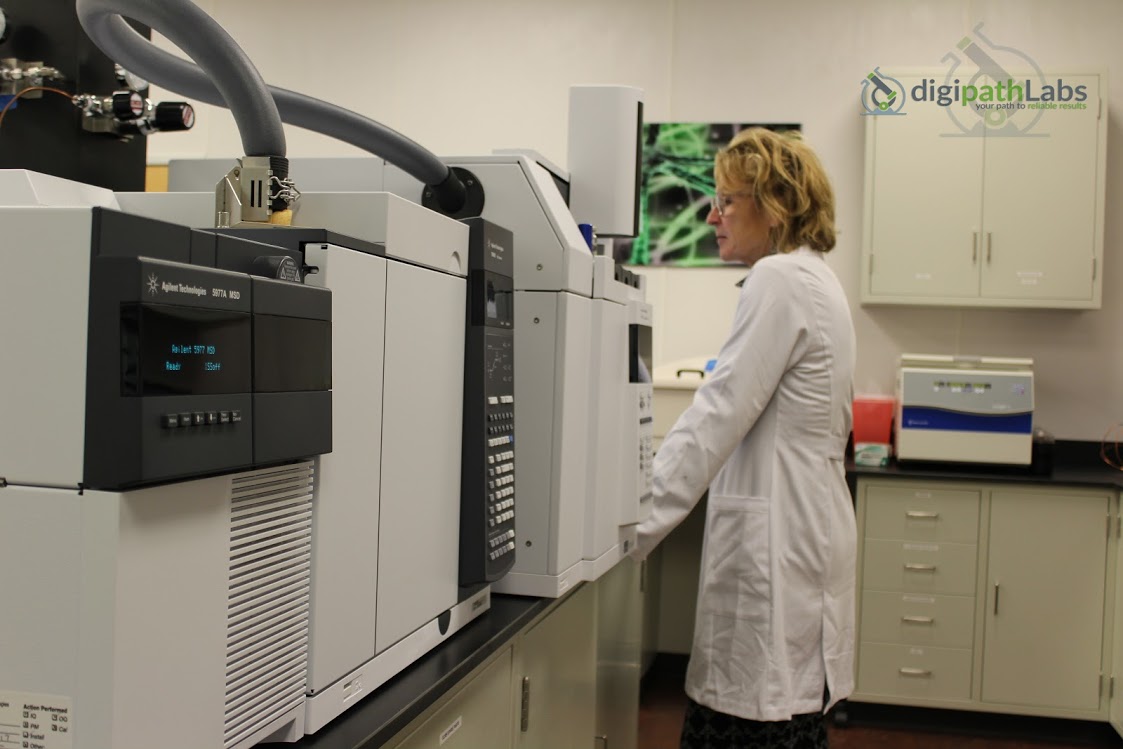It is old news that Canadian companies are entering the European market. And it is also no stop-the-presses flash that Germany is a big prize in all of this. But there are other Euro markets to watch right now. Switzerland is one of them.
Look for the Canadian influx here too.
One of the more interesting entrants this month? Green Relief – a Canadian LP with a really unique twist. They are the only company in the world to produce cannabis oil from flower grown with aquaponics. This unique method creates unbelievably “clean” cannabis with no pesticides – and no residue of them.
It also sets the company up for a really unique market opportunity on the ground outside Canada. Especially as they have now just announced a partnership with two Swiss companies– Ai Fame GmbH and Ai Lab Swiss AG. Both companies have been leading European pharmaceutical companies since the turn of the century. The idea is to leverage all three company’s intellectual capital with Green Relief’s additional and first international investment with an eye to the entire European cannabis market. Ai Fame specializes in cultivation, manufacturing, sales and distribution to both the food and medical sectors. Ai Lab Swiss AG operates as a laboratory and testing facility.Less than three weeks before Green Relief publicized their European announcement, there were also strategic developments afoot at home.
From this unique perch in the Swiss canton of St Gallen, the three companies are setting up to conquer Europe.
Why Is Switzerland So Strategic?
Switzerland has been on the legalization track since 2011. As of this date, the Swiss government began allowing adults to buy and use CBD-only cannabis. Shops were allowed to obtain licenses. A trickle of sales began. However, rather suddenly, as reform hit Europe, the craze took off. Last year, for the first time, the industry generated a significant amount of revenue (close to $100 million). That is $25 million for the government via taxes- just on CBD sales. Even more intriguing for those looking for market opportunity across borders? Less than a week ago, the German-based budget discount store Lidl just announced they were carrying smokeable CBD – in Swiss grocery stores. The leap across the border is imminent.
That has opened up other conversations, including the “legalize everything” push that makes an awful lot of sense to the ever tax-aware Swiss. This is a push afoot just about everywhere across the continent, including, of course, just across the border in Germany.
![]() The cities of Zurich and the cantons of both Winterthur and St Gallen (home of the Swiss companies behind the new venture with Green Relief) have already indicated that they will not pursue possession fines for those busted with 10 grams or less– no matter what kind and even of the THC variety.
The cities of Zurich and the cantons of both Winterthur and St Gallen (home of the Swiss companies behind the new venture with Green Relief) have already indicated that they will not pursue possession fines for those busted with 10 grams or less– no matter what kind and even of the THC variety.
Read between the lines, and it is clear that the cannabinoid conversation locally has begun to attract the Canadians. And not just because of the many opportunities of the Swiss CBD market – but the huge medical and THC German and European opportunities now opening beyond that.
No matter which way Green Relief and their new partners slice it, they are now in the game – and across Europe – with a unique new play and product, and further one set to enter both the medical THC and “consumer,” albeit still CBD, market now burgeoning.
A Cross Market Play
Here is the truly interesting part about this new announcement. Less than three weeks before Green Relief publicized their European announcement, there were also strategic developments afoot at home. Cannabis Growth Opportunity Corporation also just announced an investment in Green Relief. The share purchase agreement netted Green Relief $750,000 in both cash and common shares.
With this, Green Relief seems to have set sail on its European expansion. Look for more interesting turns to this developing saga soon!
















 According to Susan Bunce, president of DB Labs, ISO accreditation is one way the cannabis lab space is being standardized. “As the first cannabis-testing laboratory in Nevada, DB Labs has always taken patient safety very seriously and has always tried to raise the bar,” says Bunce. “The world of cannabis testing is often compared to the Wild West: each lab uses state regulations to set their standards, but it leaves a lot of room for subjective interpretations. The ISO accreditation removes the ambiguity and guarantees a consistent level of testing to users. We are proud to be a part of that.”
According to Susan Bunce, president of DB Labs, ISO accreditation is one way the cannabis lab space is being standardized. “As the first cannabis-testing laboratory in Nevada, DB Labs has always taken patient safety very seriously and has always tried to raise the bar,” says Bunce. “The world of cannabis testing is often compared to the Wild West: each lab uses state regulations to set their standards, but it leaves a lot of room for subjective interpretations. The ISO accreditation removes the ambiguity and guarantees a consistent level of testing to users. We are proud to be a part of that.”















